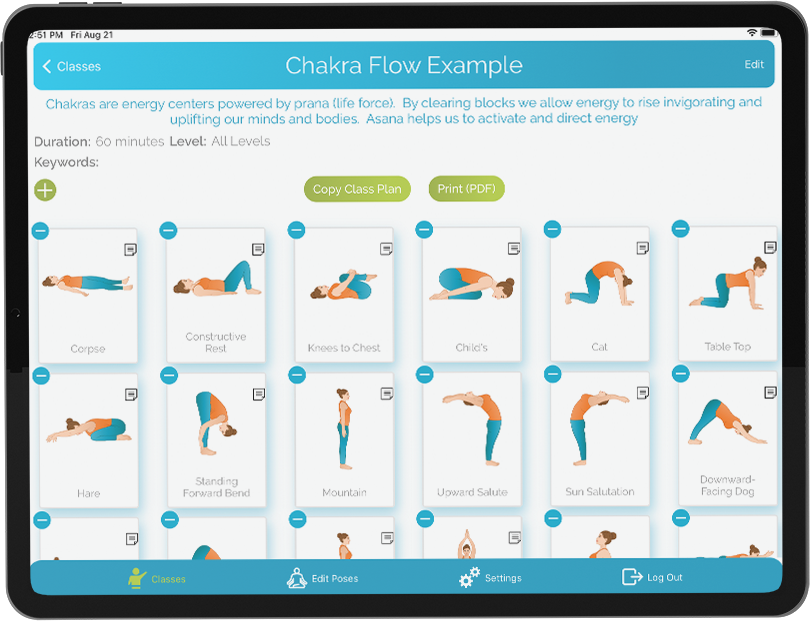Five Tips for Teaching Top-Notch Kids Yoga
October 26, 2011 | 3 min read
If your pint-sized yoga students start to explore and fall in love with yoga as kids, they will be set up (not to mention stronger, more balanced and more flexible!) for a life of blissful yoga benefits. Teaching yoga to kids can be fun, surprising and exciting – as long as your expectations are reasonable (for instance, you should definitely expect noisier students!). It also provides a nice balance with teaching adults – the yin and yang of teaching.
The following top five tips will help your kids yoga classes brim with good energy and good times for everyone:
- Make noise! In traditional yoga classes for adults, no one barks when they stretch back into down dog or meows when they arch into cat pose, but in kids’ yoga classes, this is perfectly appropriate – and should be encouraged! Making sounds not only helps your students connect better to the poses themselves, but it also makes class more fun and helps them articulate. Be as creative – and loud – as you like!
- Stay on the move. While you might be able to hold poses for several minutes and many breaths when you are teaching adults, you won’t have that same luxury here. Children have shorter attention spans, so you have to be prepared to mix things up, move around and only hold poses for a few breaths. Likewise, kids yoga classes are often shorter in duration– 30 to 60 minutes rather than 60 to 90 minutes, for example. Nevertheless, even a few minutes of yoga calm and yoga joy can make a tremendous difference for your students, so aim to get the most out of your time together.
- Play games. Kids yoga shouldn’t be too serious. Have everyone line up in down dog and then let each kid crawl under the line on their hands and knees. Encourage kids to make up their own poses and own names for them. Experiment with some creative partner yoga stretches. Keep it fun and fresh.
- Adapt. You might come up with a great plan for class, but then find yourself greeted with kids sobbing over the death of a family pet or running wildly after consuming a little too much sugar. Just like with an adult class, you need to be able to adjust and adapt to your environment and your kids – go with the flow and be as flexible as possible.
- Don’t forget to breathe. One of the best benefits that kids can receive from yoga is the ability to breathe deeply and consciously. Have them practice belly breathing, alternate nostril breathing, breath of fire and definitely lion’s breath (unlike adults, they won’t be so shy about sticking their tongues out and making some noise!). Then remind them that they can do this breathing anytime they need to calm down – before dinner, before a test or race, or even if they’re just feeling a little anxious.
Kids yoga can eventually transition into teen yoga and then adult yoga, leading to a lifelong love of a healthy, heartfelt practice that can turn rambunctious kids into blissful adults.
Posted in Teaching Tips




